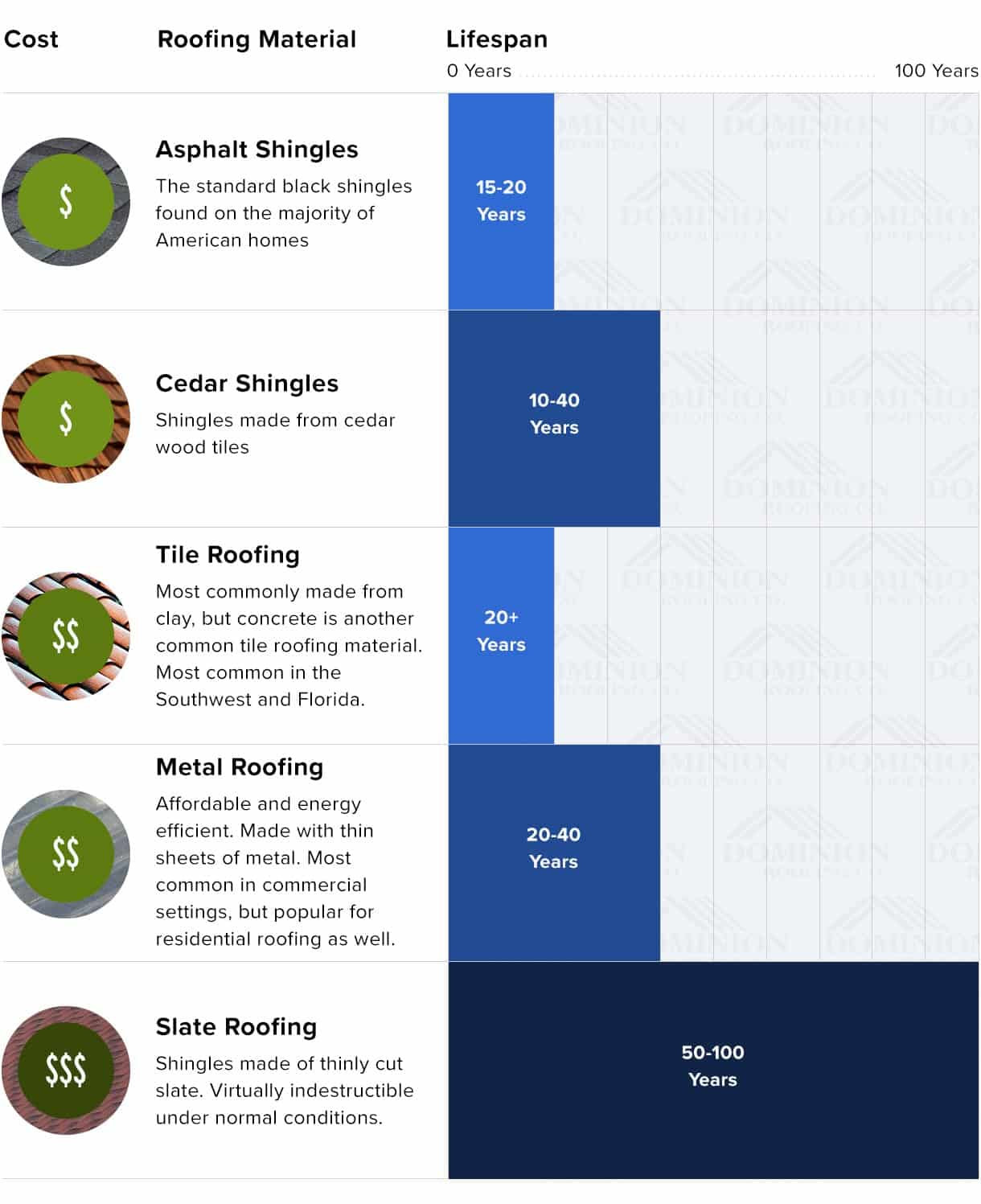Neglecting The Importance Of Roof Covering Air Flow Can Lead To Substantial Damages; Recognize The Necessary Aspects That Help With A Successful Installment And Safeguard Your Investment
Neglecting The Importance Of Roof Covering Air Flow Can Lead To Substantial Damages; Recognize The Necessary Aspects That Help With A Successful Installment And Safeguard Your Investment
Blog Article
Developed By-Morrow Vogel
When you're taking on a roofing project, you might not think much concerning roof air flow, yet it's even more important than you recognize. Reliable ventilation aids regulate temperature and moisture in your attic room, preventing troubles like mold and structural damages. By understanding exactly how to design and mount a balanced ventilation system, you can improve power effectiveness and extend the life-span of your roof covering materials. So, what are the key factors to consider throughout installment that can make all the difference?
Importance of Roofing Air Flow
Roofing system air flow plays a crucial function in preserving the overall wellness of your home. By permitting fresh air to distribute through your attic, it helps manage temperature level and dampness levels. This equilibrium is important to prevent warmth buildup during warm months, which can cause enhanced energy costs as your air conditioning burns the midnight oil.
Additionally, correct air flow substantially reduces the threat of moisture-related problems like mold and mildew and mildew. If humidity levels increase, your home's architectural stability can be endangered, resulting in expensive repairs. You would not intend to deal with decaying wood or deformed roof products, right?
In addition, appropriate ventilation prolongs the lifespan of your roof. When warmth and wetness are kept in check, your roofing can do efficiently, avoiding premature wear and tear. This means fewer headaches and costs down the line.
Just How Roofing System Ventilation Works
Efficient roof covering air flow relies upon the natural motion of air to develop an equilibrium in between intake and exhaust. When you mount vents, you're basically permitting fresh air to enter your attic room while enabling warm, stagnant air to leave. This process helps control temperature level and moisture degrees, preventing concerns like mold growth and roofing system damages.
https://donovanjezuo.madmouseblog.com/13707551/simply-just-how-much-does-weather-influence-your-roofing-system-s-integrity-discover-necessary-pointers-to-safeguard-it-from-the-components-prior-to-it-s-far-too-late , typically found at the eaves, draw in great air from outdoors. On the other hand, exhaust vents, located near the ridge of the roof, let hot air increase and departure. The difference in temperature level develops an all-natural air flow, called the pile effect. As cozy air increases, it creates a vacuum cleaner that draws in cooler air from the reduced vents.
To maximize this system, you need to make certain that the consumption and exhaust vents are properly sized and positioned. If the intake is restricted, you won't attain the desired air flow.
Furthermore, inadequate exhaust can trap warm and wetness, leading to possible damage.
Trick Installment Factors To Consider
When setting up roofing air flow, several crucial considerations can make or damage your system's efficiency. Initially, https://www.safetyandhealthmagazine.com/articles/20874-face-report-roofer-falls-30-feet-from-rain-slick-roof require to assess your roofing system's layout. The pitch, form, and products all affect airflow and ventilation selection. Ensure to choose vents that fit your roofing kind and regional climate problems.
Next off, think about the placement of your vents. Preferably, you'll want a balanced system with intake and exhaust vents placed for optimum air movement. Area intake vents low on the roof and exhaust vents near the optimal to encourage an all-natural flow of air. This configuration assists stop dampness build-up and advertises power efficiency.
Do not ignore insulation. Appropriate insulation in your attic room prevents heat from getting away and keeps your home comfy. Make certain that insulation does not block your vents, as this can impede air movement.
Lastly, consider maintenance. Select ventilation systems that are simple to access for cleaning and evaluation. Normal upkeep guarantees your system continues to function efficiently in time.
Final thought
Finally, roof air flow is essential for an effective installation. By making sure correct air movement, you can prevent warmth accumulation and wetness issues that cause costly damage. When you strategically position consumption and exhaust vents, you improve power performance and extend the life-span of your roofing system. Remember, a well-ventilated roof covering not just safeguards your investment but also enhances your interior air high quality. So, focus on air flow to make certain a resistant and economical roofing system for your home.
